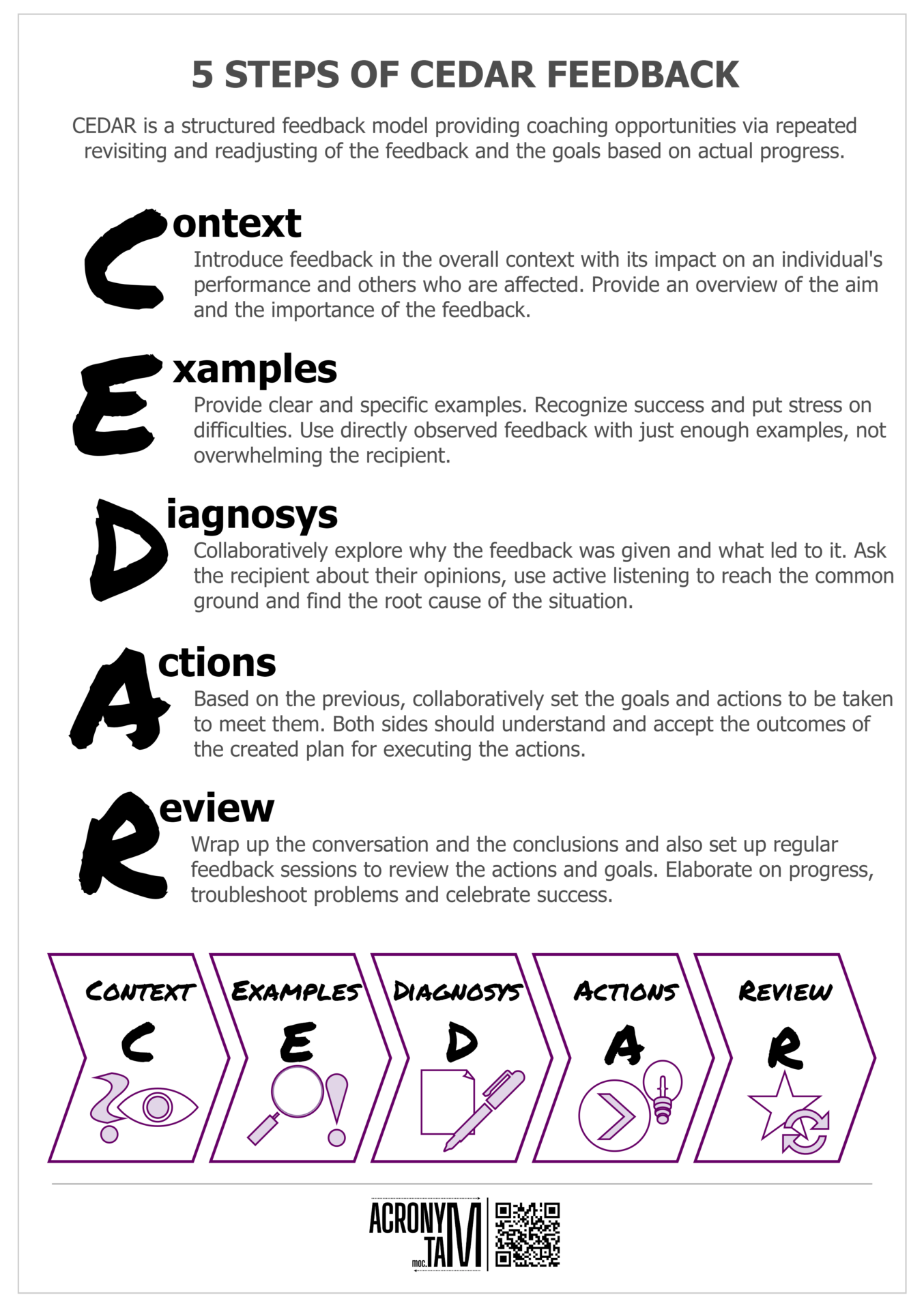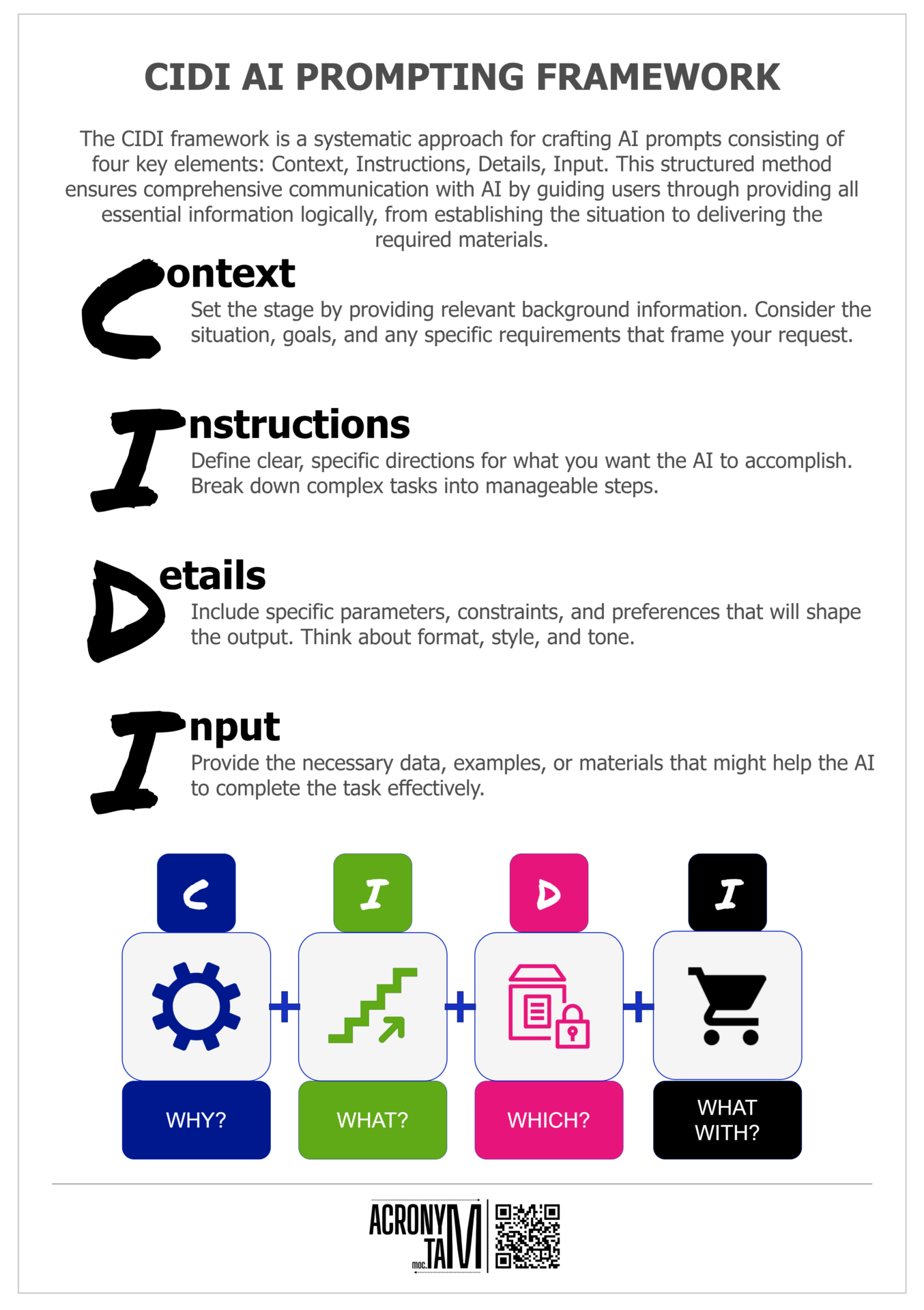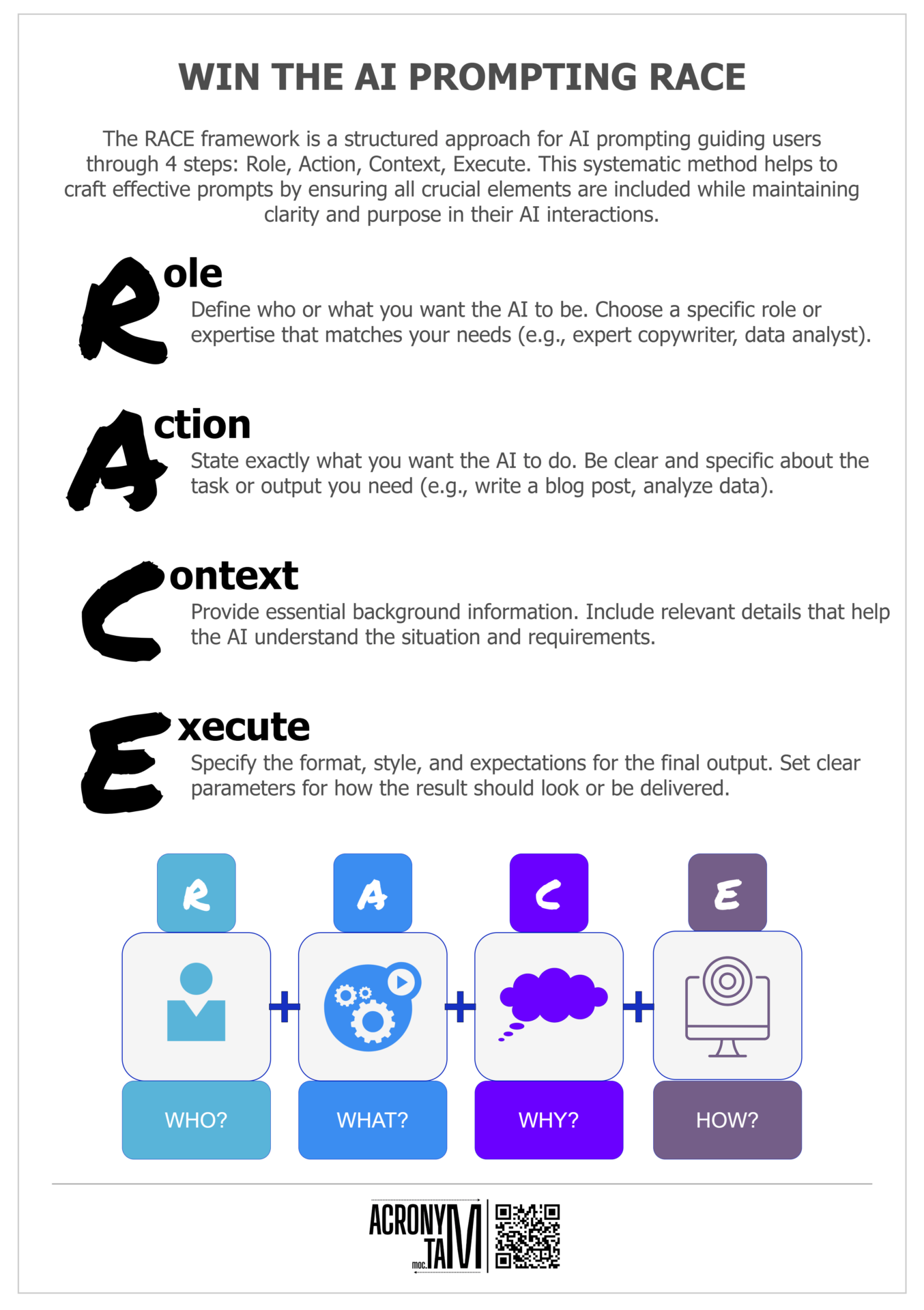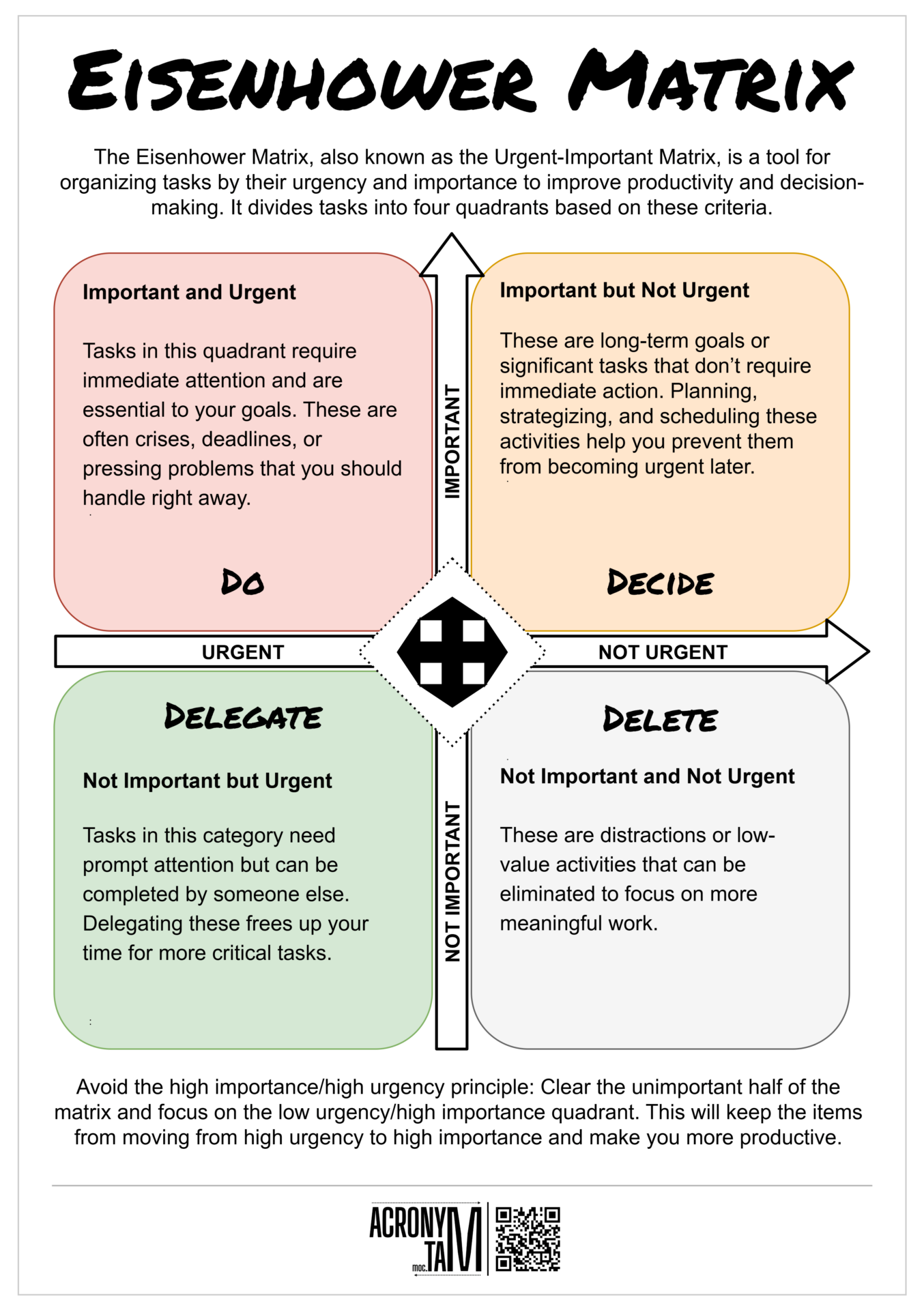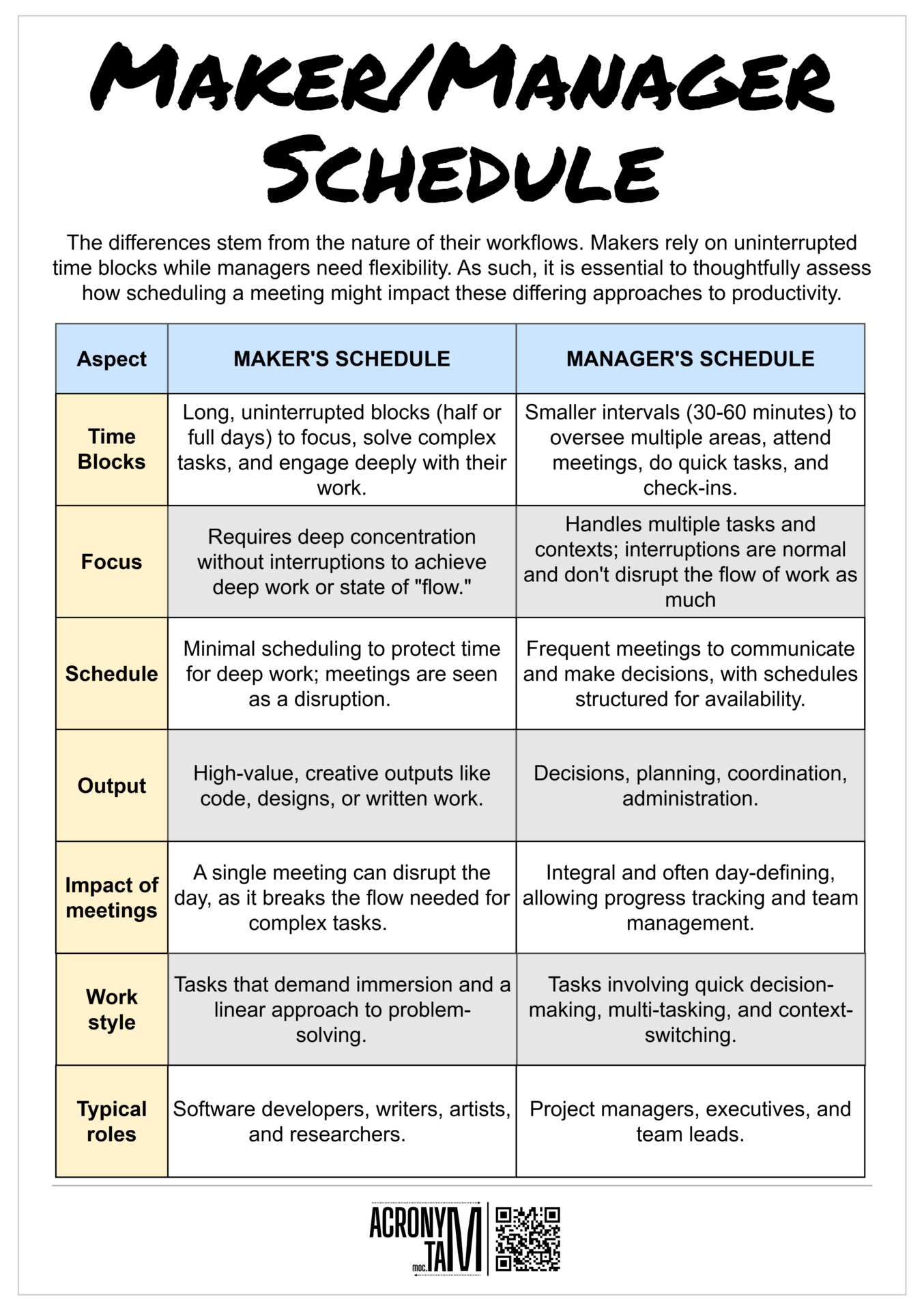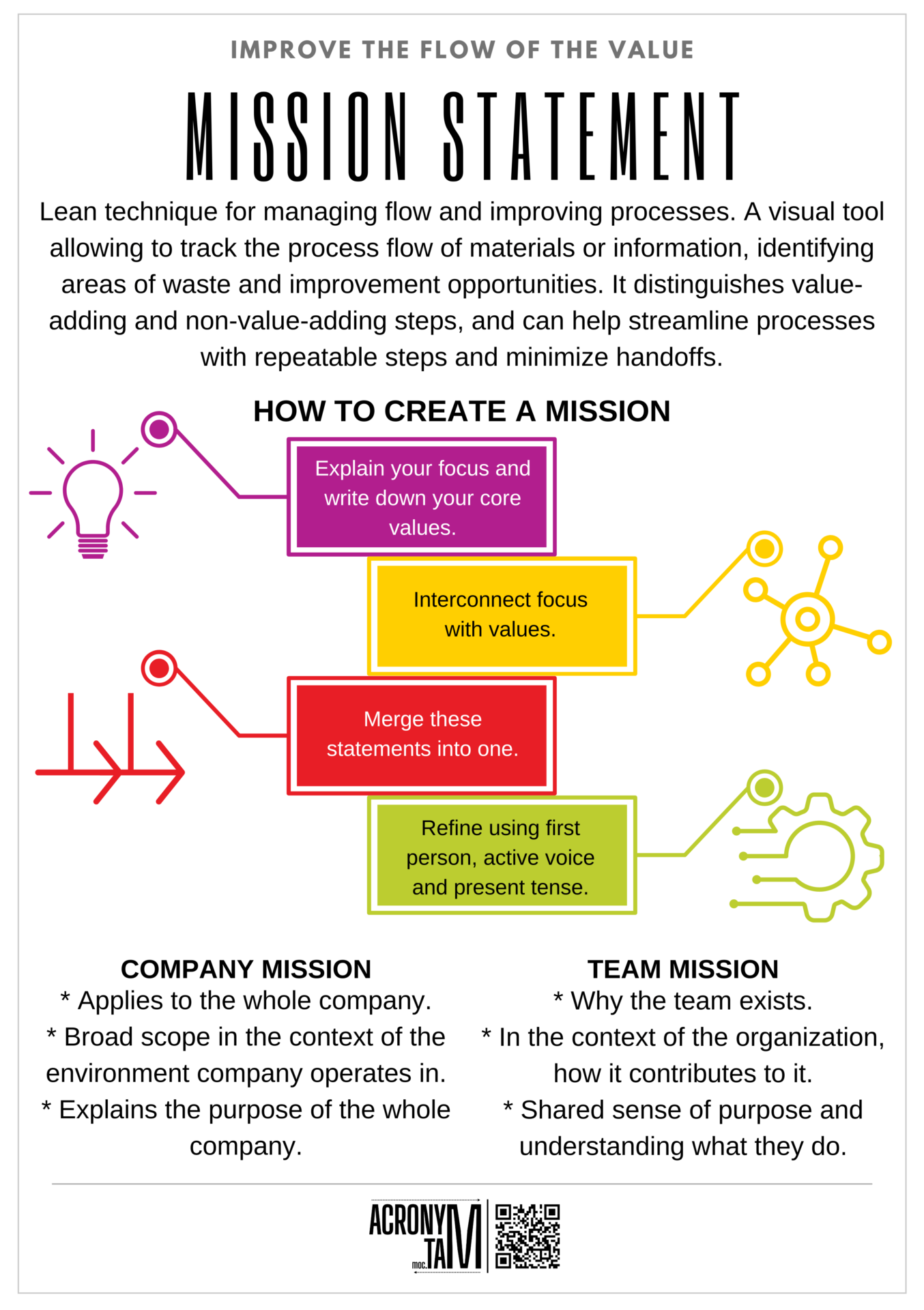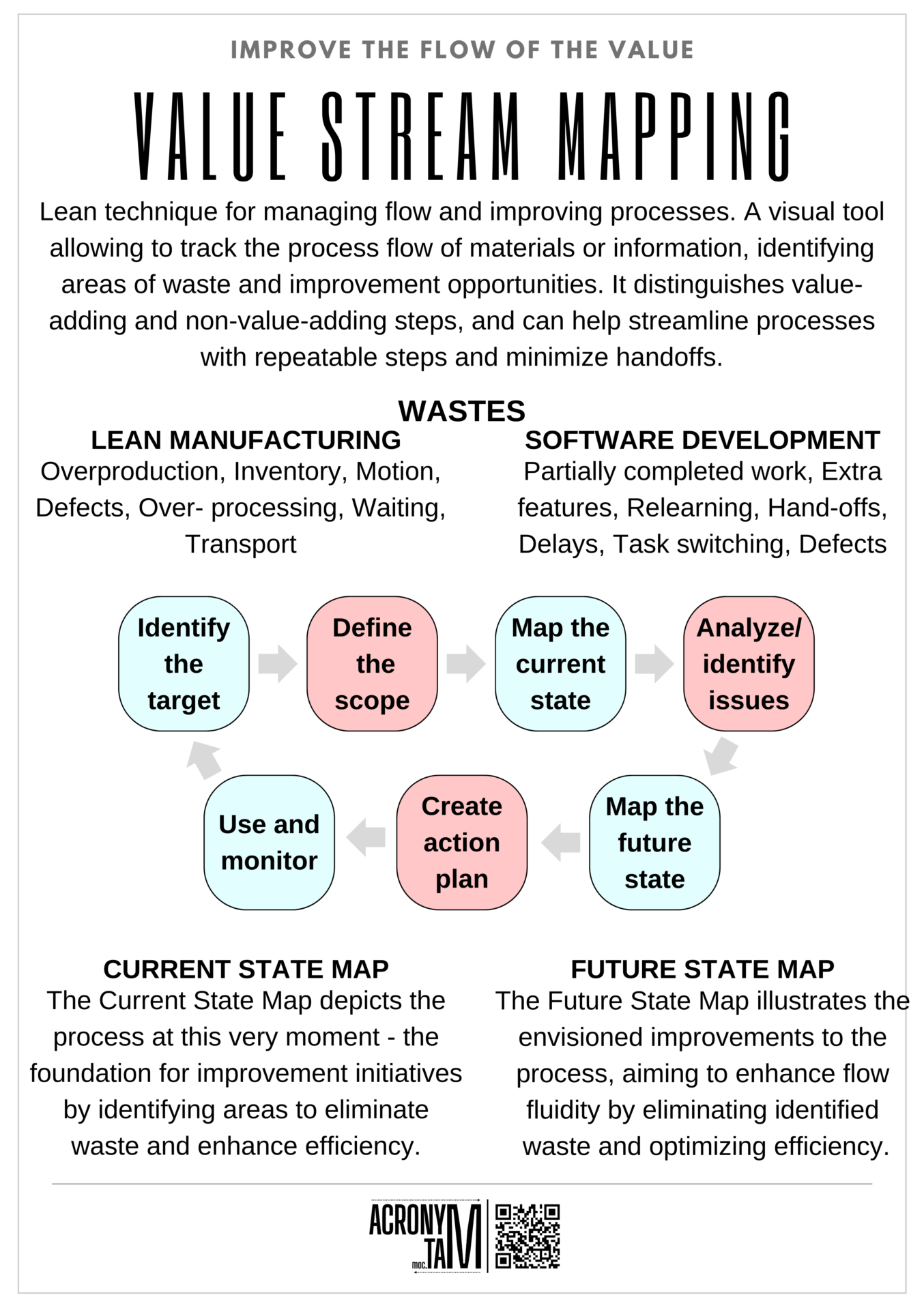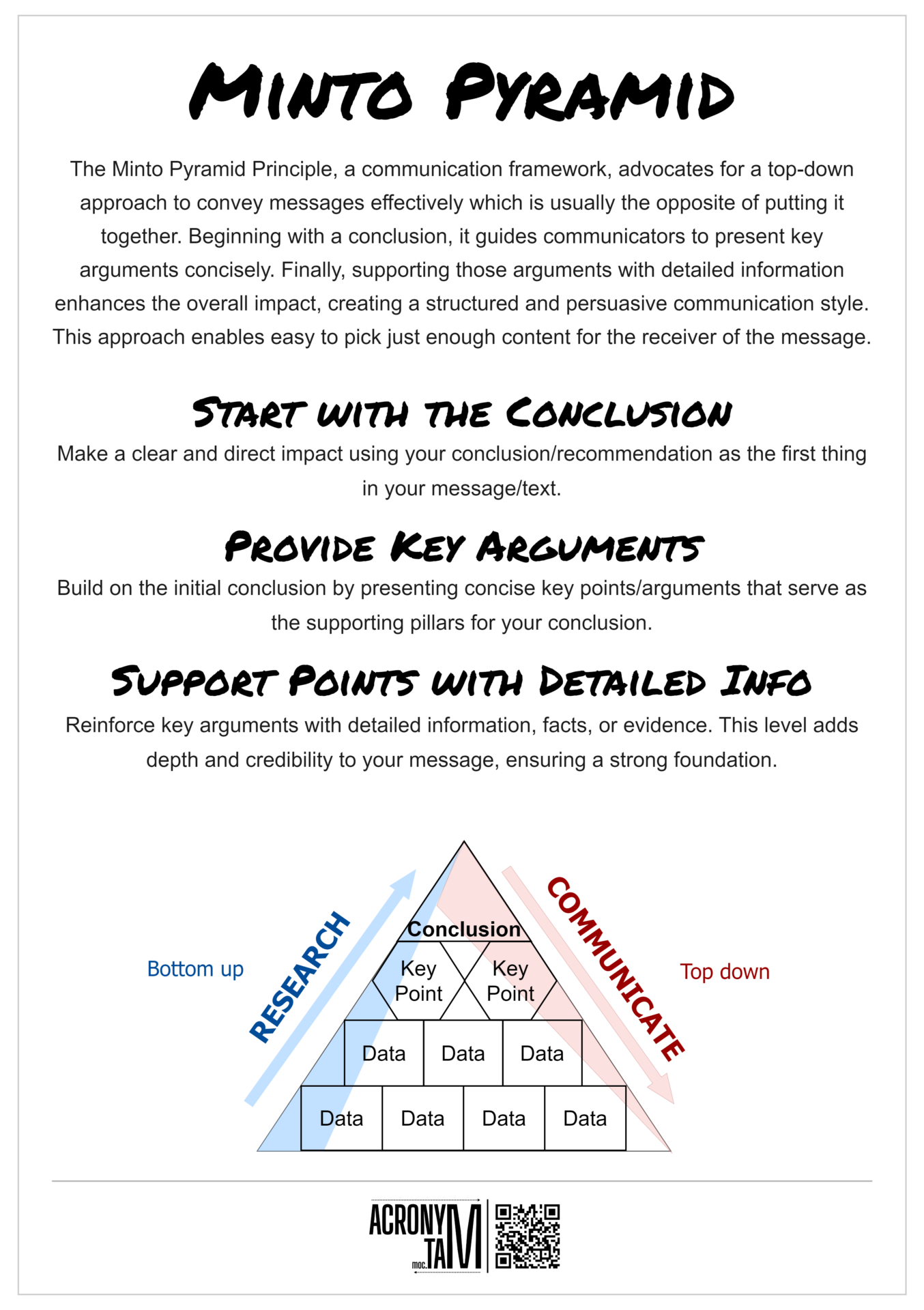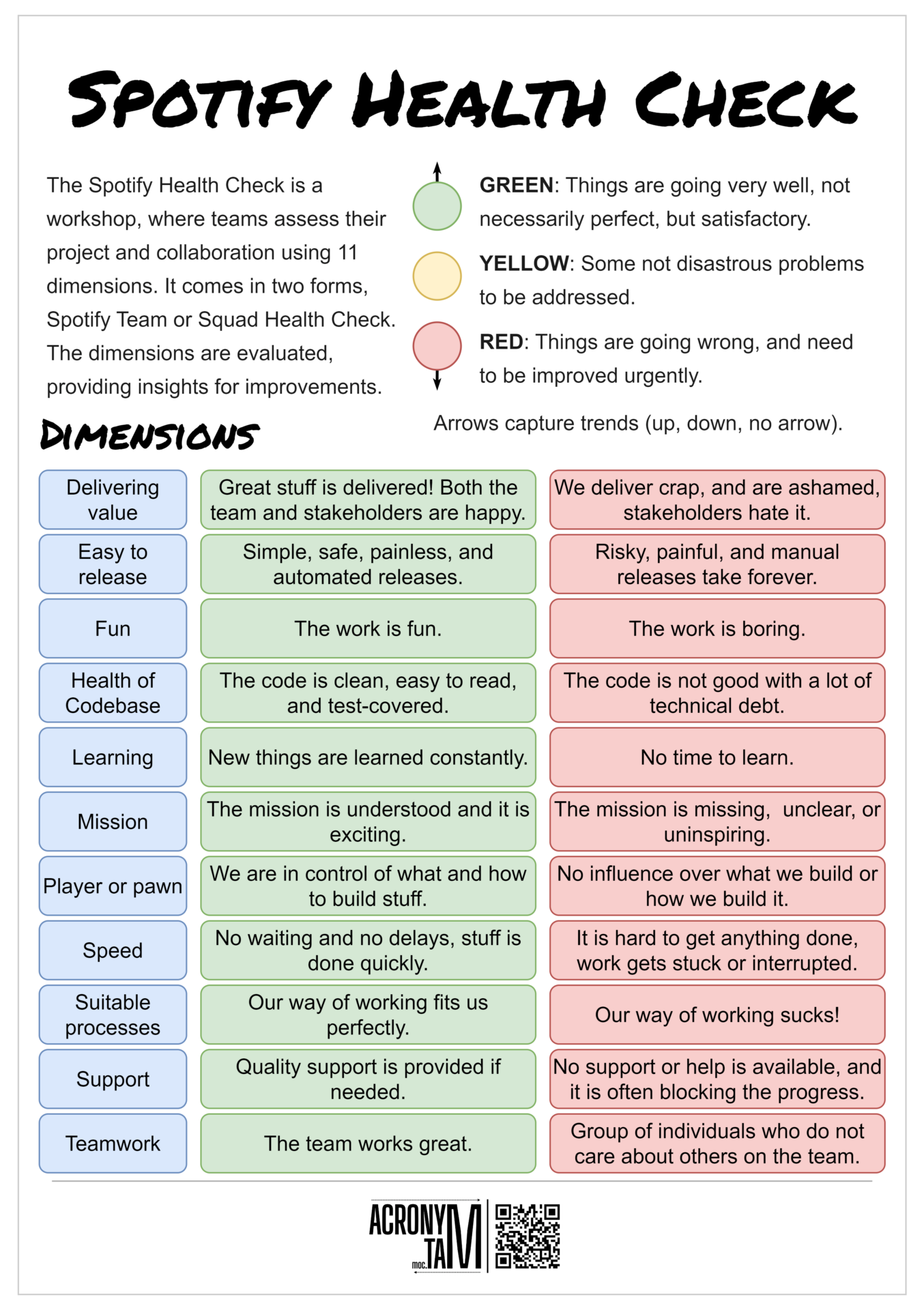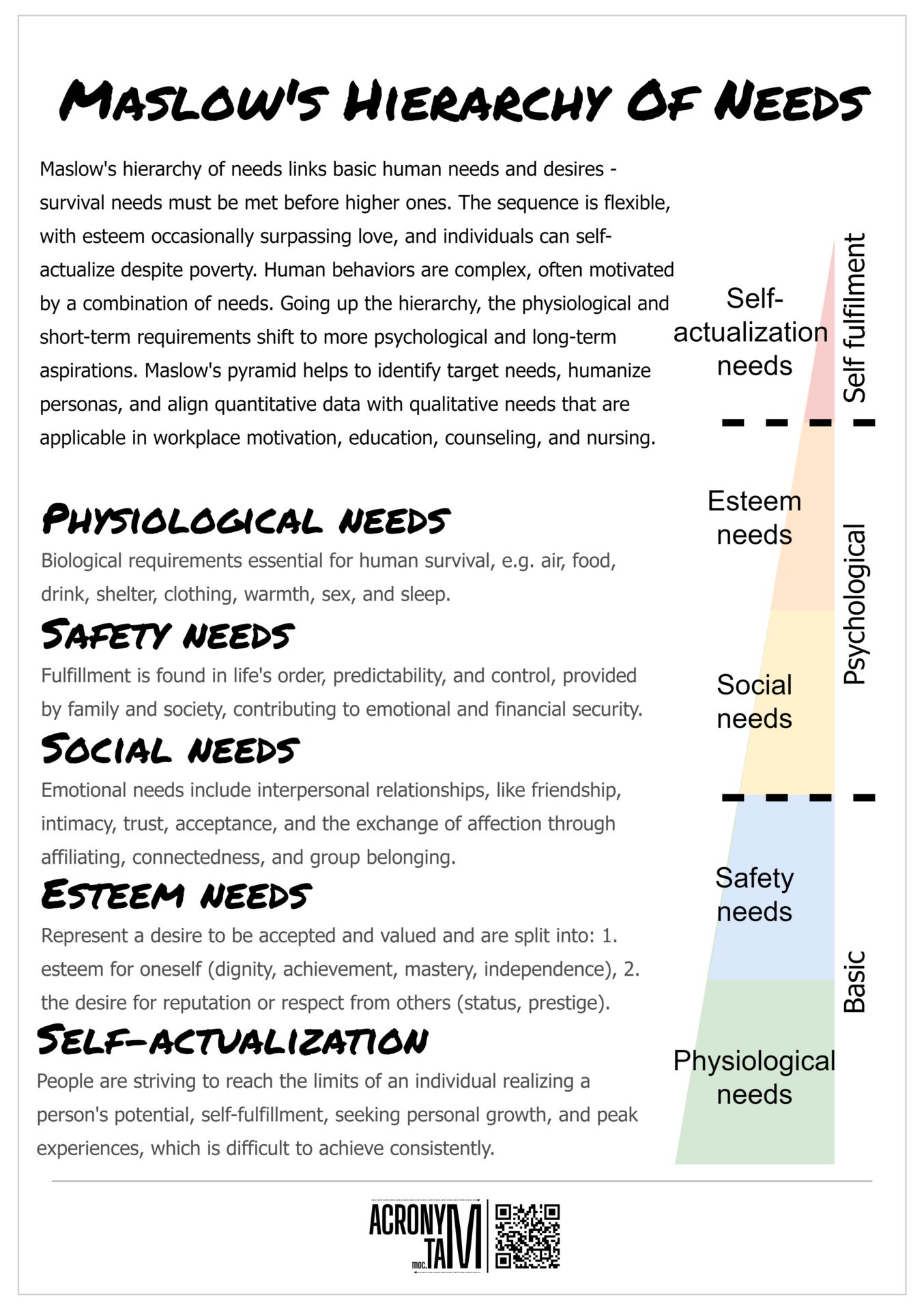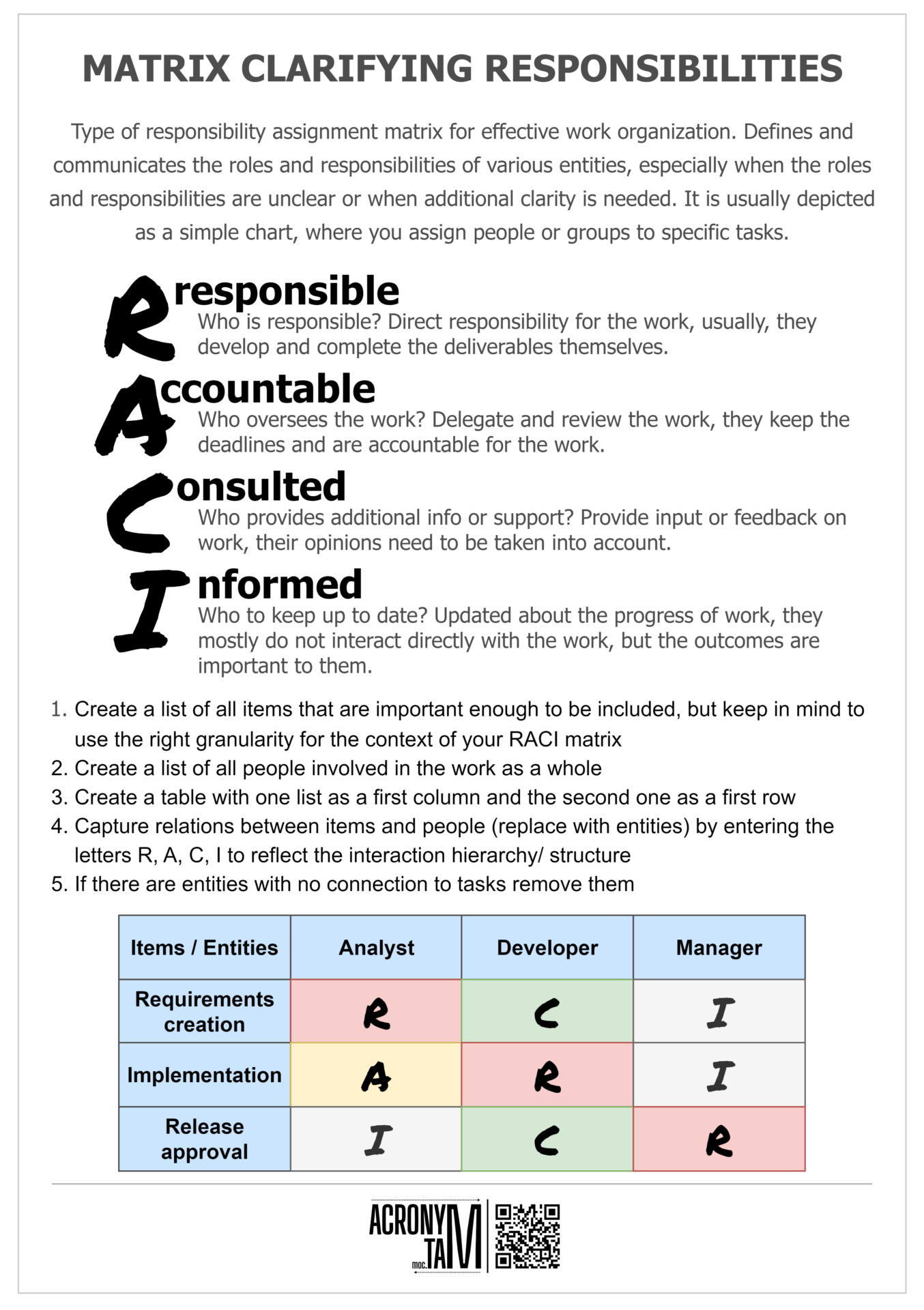Article
CEDAR is a structured feedback model providing coaching opportunities via repeated revisiting and readjusting of the feedback and the goals based on actual progress.
Context
Introduce feedback in the overall context with its impact on an individual’s performance and others who are affected. Provide an overview of the aim and the importance of the feedback.
Examples
Provide clear and specific examples. Recognize success and put stress on difficulties. Use directly observed feedback with just enough examples, not overwhelming the recipient.
Diagnosys
Collaboratively explore why the feedback was given and what led to it. Ask the recipient about their opinions, use active listening to reach the common ground and find the root cause of the situation.
Actions
Based on the previous, collaboratively set the goals and actions to be taken to meet them. Both sides should understand and accept the outcomes of the created plan for executing the actions.
Review
Wrap up the conversation and the conclusions and also set up regular feedback sessions to review the actions and goals. Elaborate on progress, troubleshoot problems and celebrate success.


